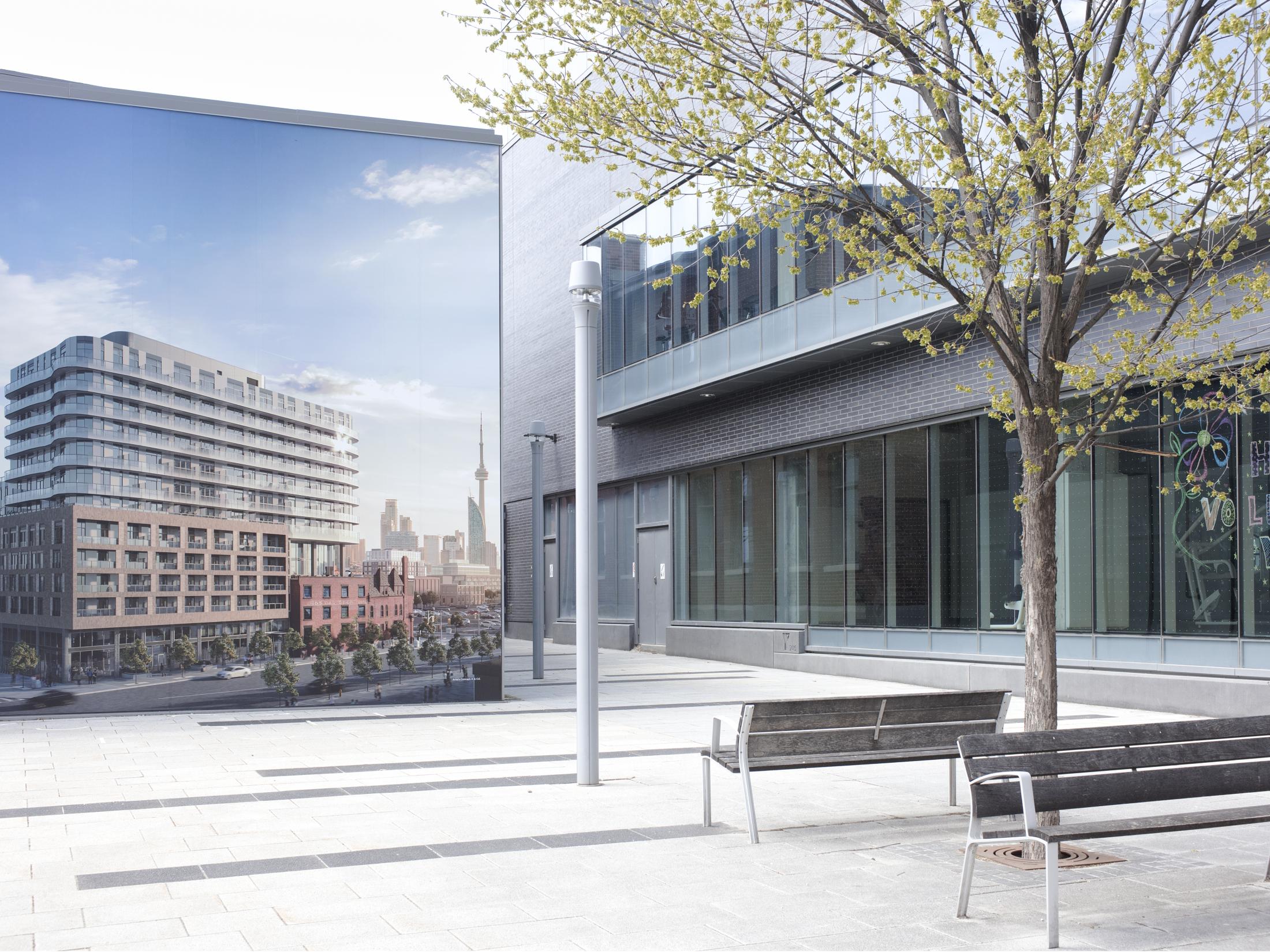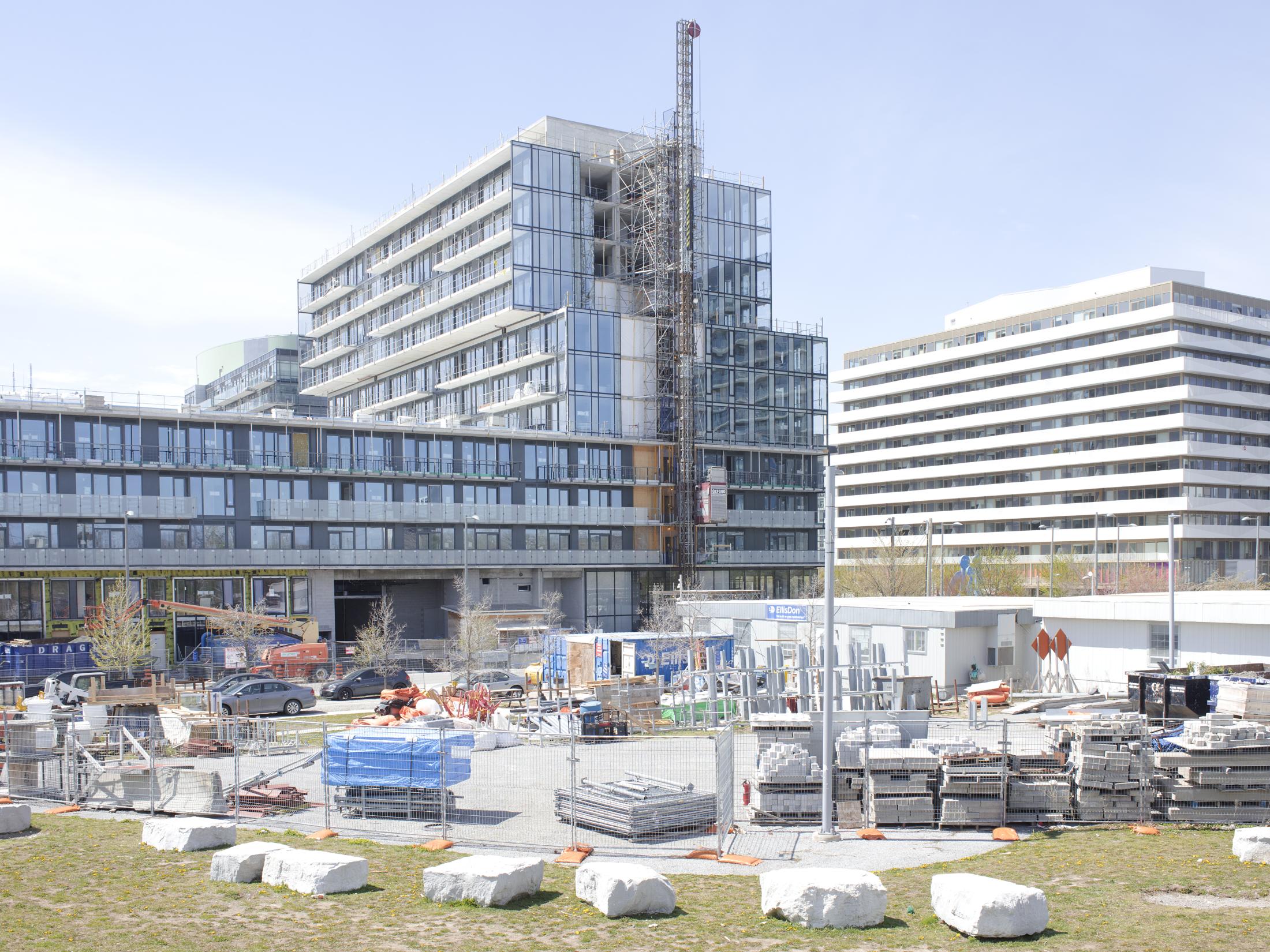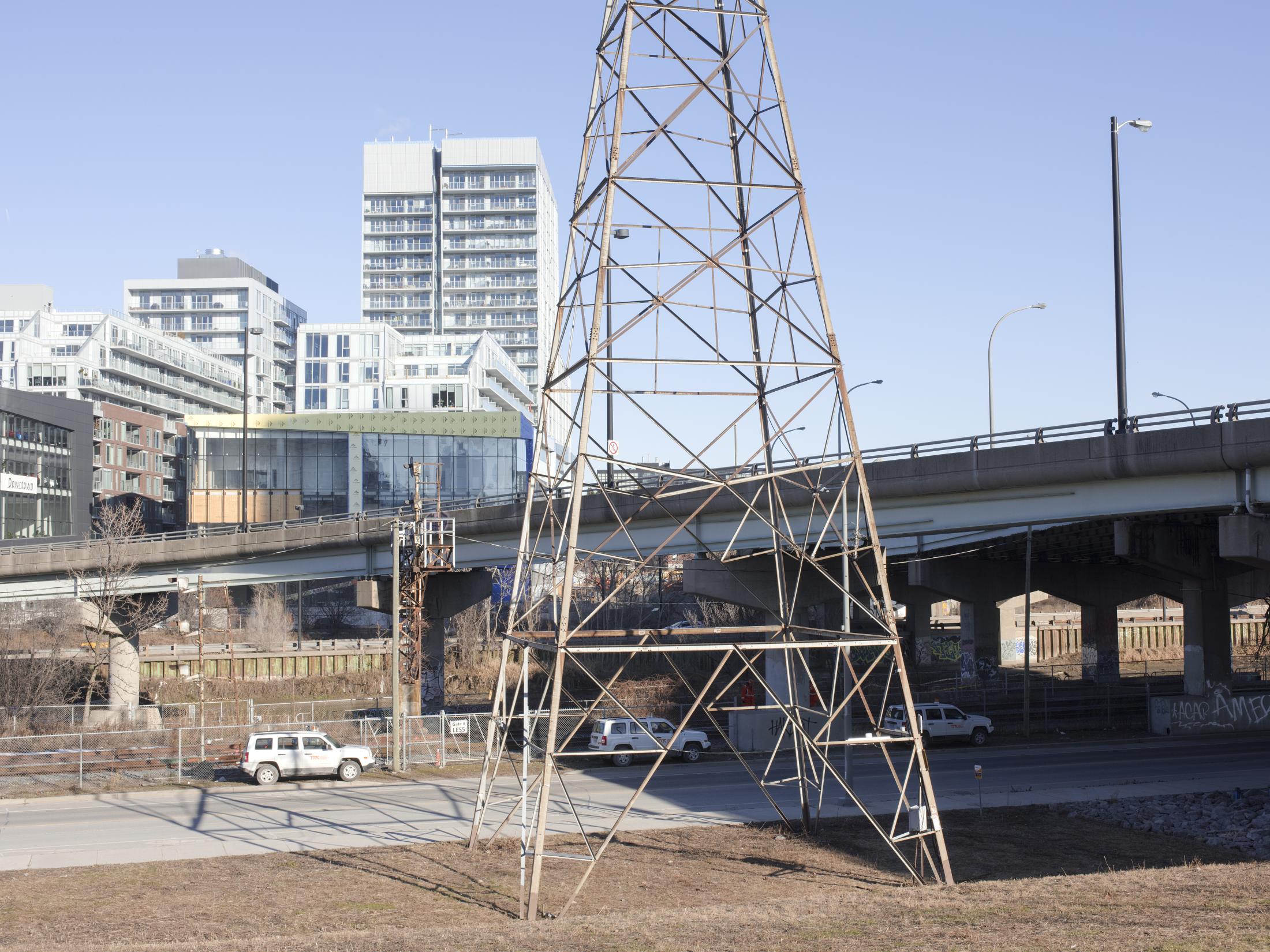Public Project
Two Kings
The Kings Regeneration Planning Initiative, known as “The Two Kings”, was a city initiative launched in 1996 to reappropriate 400 acres of land on the southern portion of downtown. It was a policy proposed by the then mayor Barbara Hall and the city’s chief planner Paul Bedford with advisories from the influential urban theorist Jane Jacobs. Under the initiative, the area would envision a thriving mixed-use community from an abandoned industrial wasteland by reconfiguring an outdated and rigid zoning by-law. The pioneer policy, though met with a degree of skepticism at the time, became a subsequent success.
Since then, Toronto’s southern downtown has experienced a dramatic transformation. Gone are empty factories and large car parks of yesteryear, with futuristic condominiums becoming new landmarks filling the skyline. Few structures that signify the area’s industrial past survived, but they too were reduced to a mere facade. The revitalized communities, although generating much needed urban vitality, have sparked a debate on the impact of gentrification. But the economic success of The Two Kings emboldened Toronto’s ambition to reshape neighborhoods beyond the downtown core. New towers emerged, replacing the old decadence while altering the characteristics of affected communities.
It is within such a context I focused on areas where The Two Kings initiatives were implemented. It offers a glimpse of the city in transformation, to which inhabitants are growing accustomed reluctantly. These photographs, illustrating a clash or a fusion of the modern and the past, symbolized the city's desire for a prosperous metropolis. Yet they could also be regarded as a visual reflection of a complex relationship between the need for urban growth and the desire to preserve the characteristics of the past in our modern cities.
939



















